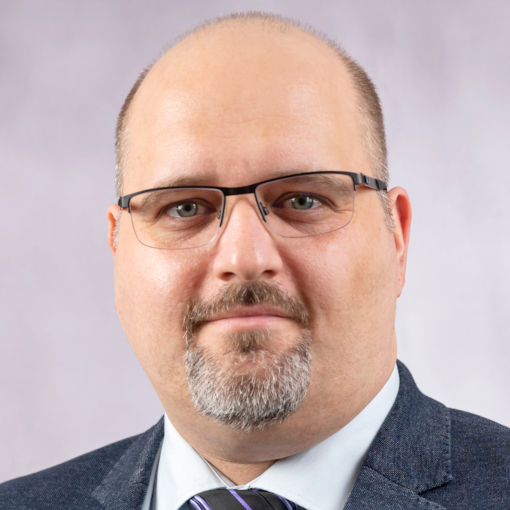We consider the optimal site selection of future generations of gravitational wave (GW) detectors. Previously, Raffai et al optimized a two-detector network with a combined figure of merit (FoM). This optimization was extended to networks with more than two detectors in a limited way by first fixing the parameters of all other component detectors. In this work we now present a more general optimization that allows the locations of all detectors to be simultaneously chosen. We follow the definition of Raffai et al on the metric that defines the suitability of a certain detector network. Given the locations of the component detectors in the network, we compute a measure of the network’s ability to distinguish the polarization, constrain the sky localization and reconstruct the parameters of a GW source. We further define the ‘flexibility index’ for a possible site location, by counting the number of multi-detector networks with a sufficiently high FoM that include that site location. We confirm the conclusion of Raffai et al, that in terms of the flexibility index as defined in this work, Australia hosts the best candidate site to build a future generation GW detector. This conclusion is valid for either a three-detector network or a five-detector network. For a three-detector network, site locations in Northern Europe display a comparable flexibility index to sites in Australia. However, for a five-detector network, Australia is found to be a clearly better candidate than any other location.
